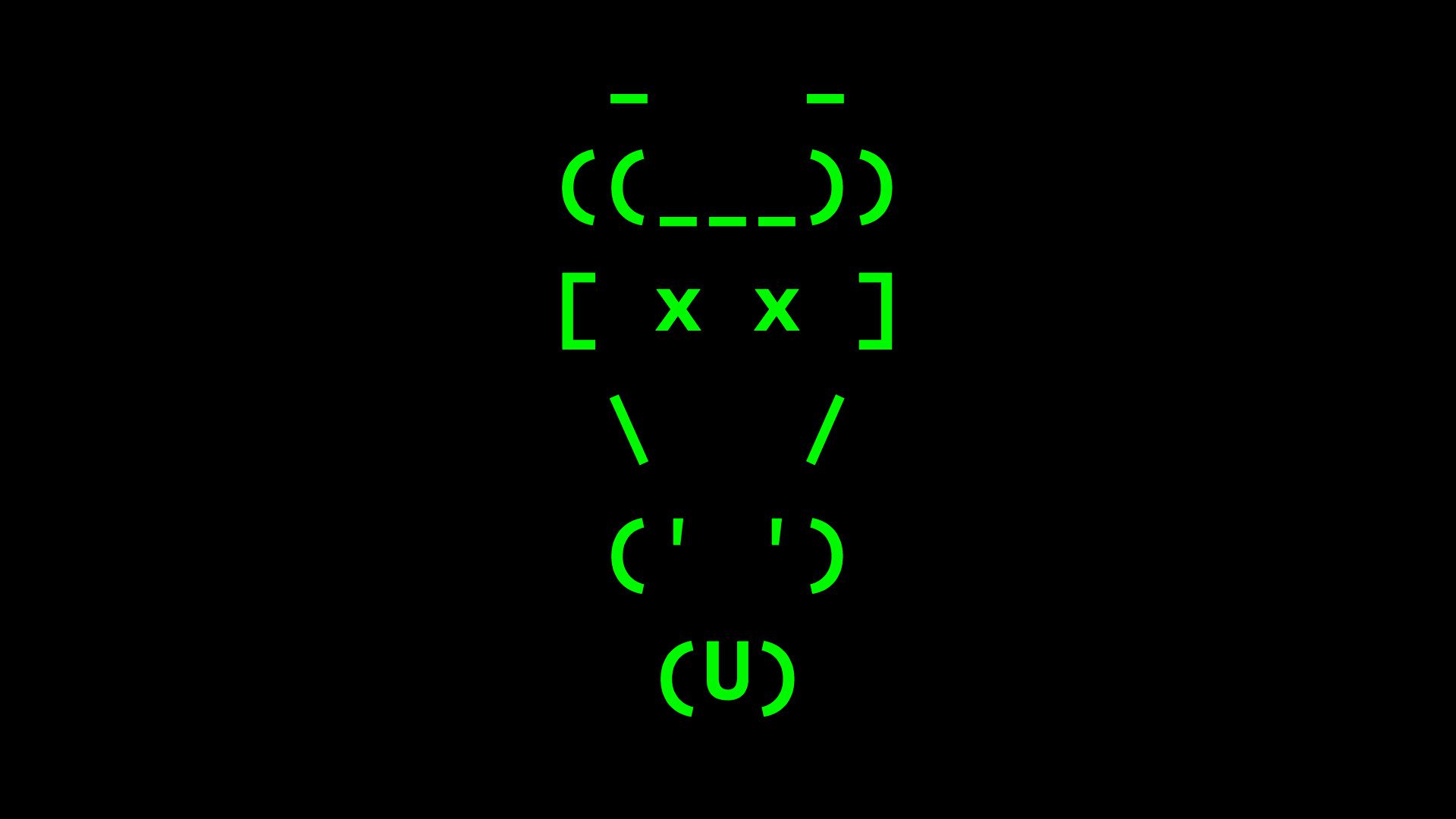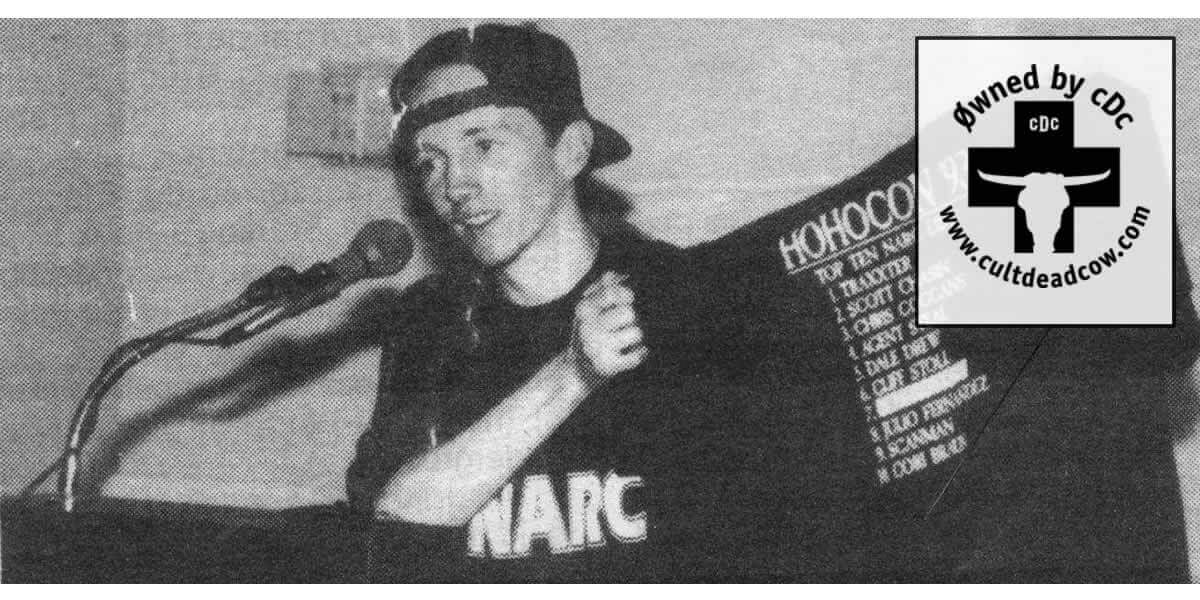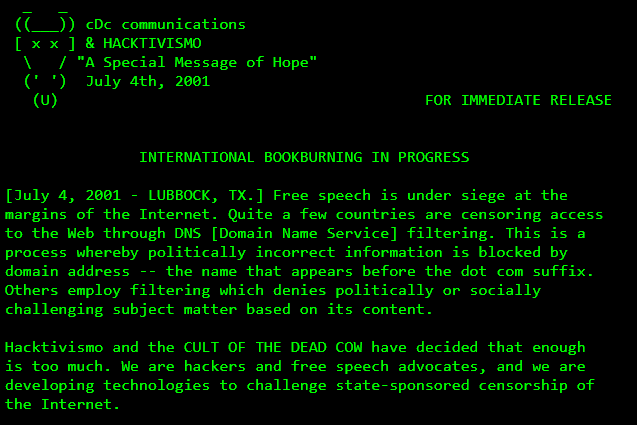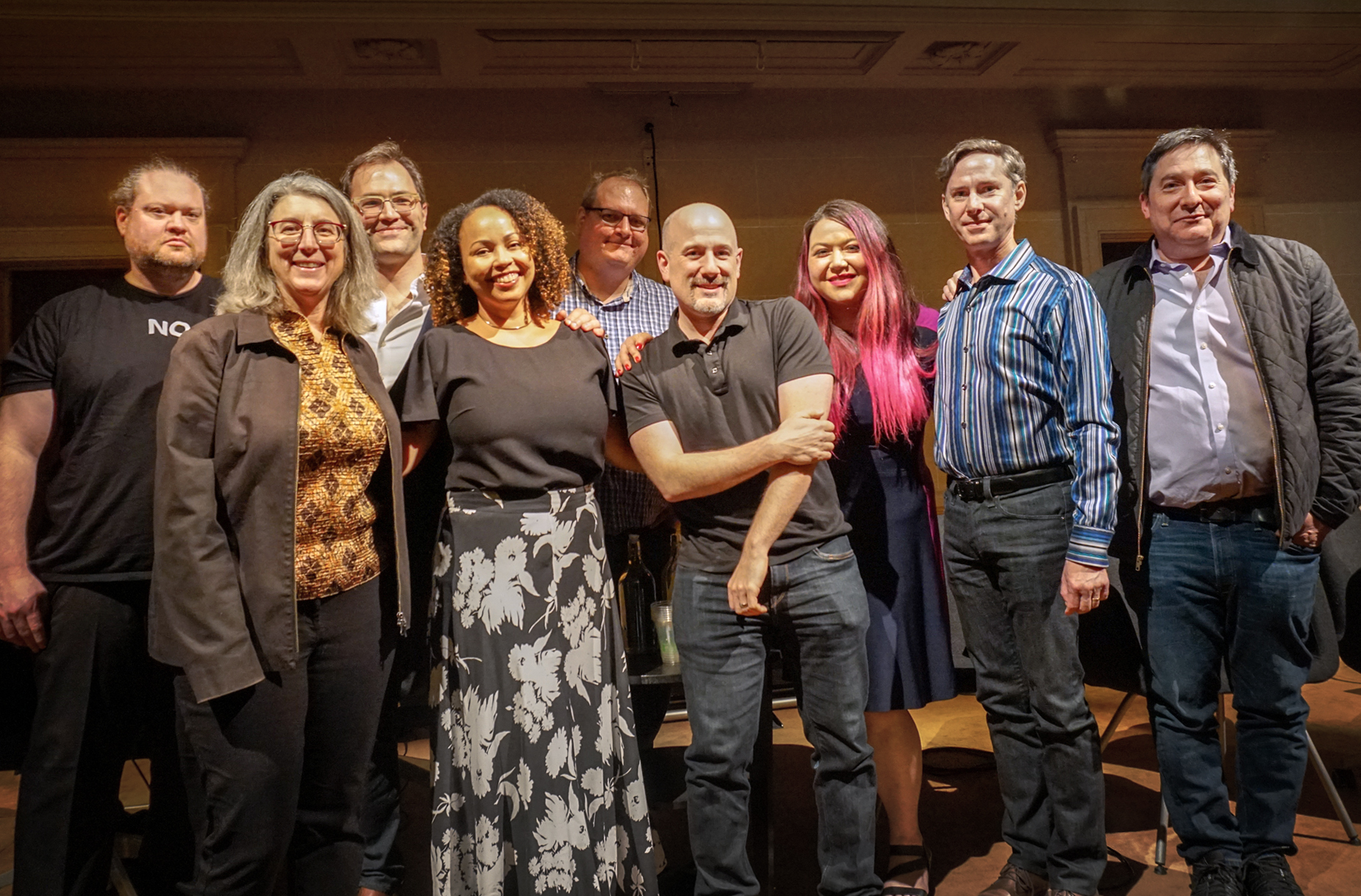
Hacker culture, as we’ve already discussed, is a fascinating subject that has evolved significantly over time to reach the present day. We talked about its origins in a video dedicated to the Tech Model Railroad Club, the famous club where the first hacker community took shape at the Massachusetts Institute of Technology.
But much later, in the era of BBS and IRC, in that period between the 1980s and 1990s, a series of hacker groups formed around the world, which influenced and shaped hacker culture and security. IT of that historic period.
In these groups, the most recognized ones, they didn’t just talk about computer security, but they were places where they talked about politics, music, art, but above all about how to overcome limits and undermine things considered normal, with something innovative and different.
In June 1984, at the Farm Pac slaughterhouse in Lubbock in Texas, a place popular with young people at the time, was the birthplace of the oldest, most respected, and most famous group of all time: the Cult of the Dead Cow.
The slaughterhouse was a gathering place for many young people at the time, although it was burned down in 1996 and used as a haunted house for subsequent Halloweens. In this mystical place, Swamp Rat (Ratte) (also called the Grand Master), along with Franken Ghibe (Gibe), and Sid Vicious, set up three bulletin board systems, but soon expanded into a collective of bulletin boards throughout the United States, including Canada.
It was during this period that the cult of the dead cow (which we will call cDc) coined the term “31337,” or “Leet,” a term used in bulletin board slang to describe formidable skill or achievement, especially in online gaming or computer hacking.
In December 1990, one of the members of the group called Drunkfux, a pseudonym for Jesse Dryden, son of Jefferson Airplane drummer Spencer Dryden and great-grandson of Charlie Chaplin, started a hacker conference called HoHoCon, held in Houston, Texas.

Drunkfux, pseudonym of Jesse Dryden
This hacker conference was the first in the world to which law enforcement and journalists were invited.
Because the group was very close to music, in 1991 they began distributing original albums, recorded on cassettes, through the post office. Today, many of these can be found online, so much so that it later became a record label.
Later, with the advent of Usenet, CDC created its own channel on Usenet. It was the first hacker group to have its own channel, and in 1995, CDC declared war on the Church of Saintology (Scientology) during a controversy on Usenet, specifically on the channel alt.religion.scientology. From then on, hacktivism ideologies began to take shape, culminating in the declaration of hacktivism we’ll see later.
The group released many software tools, the most famous of which was Back Orifice, released in August 1998 and presented at DEF CON 6, which mimicked the Microsoft Back Office suite, which was very popular at the time.
It was a computer backdoor for Windows, which demonstrated how control of a Microsoft desktop could be taken. But in addition to Back Orifice, the group produced many other tools, such as SMBRelay, a man-in-the-middle software for the Samba protocol, NBName, for performing DOS attacks, and many others.
In February 2000, the CDC was the subject of an 11-minute documentary titled “Disinformation.” Also in February 2000, the CDC member briefed President Bill Clinton on a series of critical aspects of Internet security.
From then on, the group began to launch some politically motivated attacks, so much so that on July 4, 2001, the group wrote the famous “hacktivism declaration,” already seen in a previous video, that manifesto describing how free speech on the Internet is under siege, including “a message of hope.”

From its origins in the early days of the internet, the CDC has always been filled with quirky characters: activists, artists, and even future politicians.
The group has embraced all types of actions, from trolling, to spreading disinformation, to hacking, but has also spoken about ethics and activism. Many of these hackers have become prominent Silicon Valley executives or walk the corridors of Washington.
A few examples? Beto O’Rourke is an American politician who ran in the 2020 Democratic primary for president of the United States, along with Alex Stamos, Facebook’s chief security officer, and Chris Riu (Rioux), author of Back Orifice 2000 and founder of Veracode.

Beyond capturing a vital slice of our technological history, this group shows us that cybersecurity is more than a battle between “black hat” hackers who commit crimes and “white hat” hackers who try to counter them.
The cDc, throughout their long history, in addition to being a complex group of people, Eccentric and technologically advanced, they teach us that within each person lies a scale of shades of gray and ethics, where each individual, every day, must decide which side to take.
Follow us on Google News to receive daily updates on cybersecurity. Contact us if you would like to report news, insights or content for publication.
